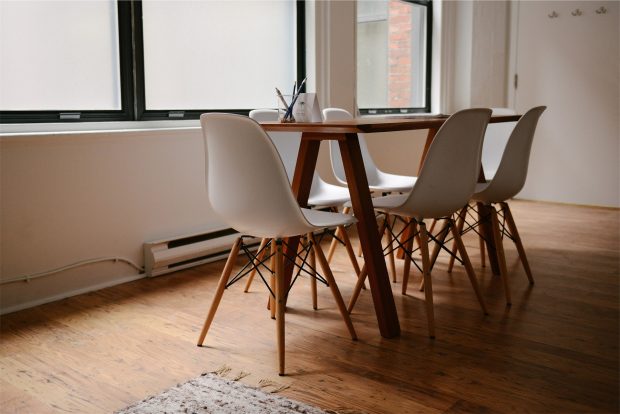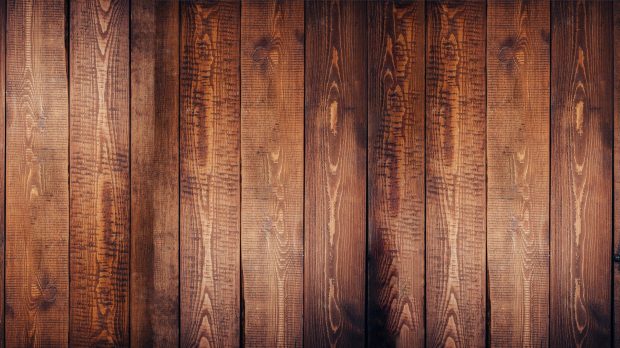Engineered hardwood flooring is one of the most popular types of flooring on the market. It’s also one that many people are interested in learning more about. If you’re considering installing engineered hardwood floors but don’t know much about them, this blog post will provide four things you should know before making your decision.
We’ll cover topics like installation options, maintenance requirements, and durability so that you can make an informed decision. Let’s get to the details.

It is Stronger than Normal Wood Piece
Engineered hardwood flooring is often made from a layer of real wood combined with plywood or another material for added strength and stability. You can read more here how it is made and what makes it stronger. This flooring has the durability you would expect from traditional hardwoods but can still be made at an affordable price compared to most natural hardwoods.
Therefore, engineered hardwood is worth considering if you are looking for robust and durable flooring without spending too much money. Typically, engineered hardwood is designed to be finished on all four sides so that you can place it in a way that matches your decor needs. However, some types of engineered flooring have unfinished edges or backsides.
It’s Easy to Maintain and Clean
Engineered hardwood flooring is very easy to clean, which will make your life considerably more manageable. Unlike natural wood floors that can be damaged by harsh cleaners and require regular refinishing, engineered hardwood only needs the occasional light cleaning.
You’ll often use a dry mop or microfiber cloth to remove dirt from your engineered hardwood floor. If you want to add a bit more shine, sprinkle some baking soda on your floor and use an old toothbrush to scrub it in with water. Don’t worry about the problem too much if something spills and leaves a mark since you can easily wipe up most marks without causing damage. Note that engineered hardwood floors are not resistant to water damage, so if something spills and causes a large spot, you’ll want to take care of it as soon as possible.
It is not Laminate Flooring
Don’t get engineered hardwood flooring confused with laminate. Even though they are both wood floors, some essential differences set them apart. For example, laminates tend to be cheaper than most types of engineered hardwood because the materials used aren’t as high quality. Engineered hardwoods can also hold up better to heavy traffic than laminates.
While laminate floors are less expensive, they require regular refinishing and don’t last as long as engineered hardwood flooring since the surface tends to wear out more quickly over time. Therefore, engineered hardwood flooring may be a better option if you live in a high-traffic area or want something that will hold up well even after years of use.
You Can install it in Different Subfloors
While engineered hardwood flooring is often installed over existing floors, you can also use it on a floating subfloor. This means that you don’t have to remove the old floor before installing your new one, saving you time and money if this is an option for you.
However, it’s important to note that not all types of engineered hardwood can be installed over existing floors or a floating subfloor. Before you buy, make sure to check the specs and carefully read through any installation instructions to avoid any surprises later on.
The Engineered Hardwood is Green
Even though engineered hardwood flooring can be made at an affordable price, not everyone is aware of its green benefits. Unlike laminate floors that are often made from composite materials and plastics, engineered hardwoods tend to use less glue or other synthetic substances during the manufacturing process. This makes them more environmentally friendly than laminates since they don’t produce as many harmful or toxic fumes.
Most engineered hardwood flooring is also made from recycled wood, which contributes even more to their green status since it uses fewer new materials for construction.
Finishing Options are Limited
While you can finish most types of engineered hardwood on all four sides, some may only come with unfinished edges or backsides. This means that you’ll need to take extra care if your flooring will show its backside since it won’t look as good and may require additional work to prevent gaps from forming around the edges.
It’s also important to note that some engineered wood flooring will only be available in a certain color. If you want more variety, it may be better to go with natural hardwood instead since most types of wood can be stained or painted to create different effects and looks.
Engineered hardwood flooring is an excellent option for those who want something that looks and feels like natural wood but costs less than solid hardwood. While it may not be as resistant to water damage, most engineered hardwoods can hold up well even under heavy traffic and rough conditions.




